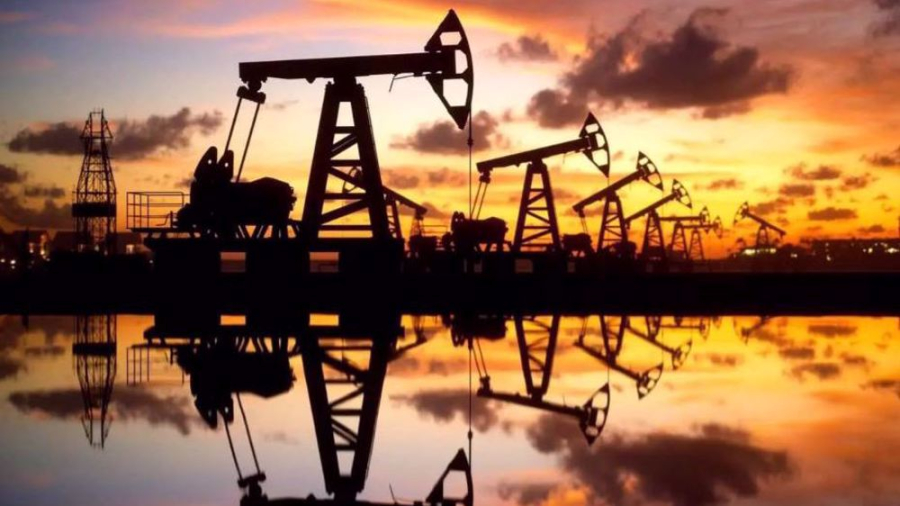The recent 12-day Israeli and American aggression against Iran tested the robustness of the country’s energy sector which emerged not only functional but surprisingly resilient.
Despite intense assaults on critical infrastructure, including oil, gas, and nuclear facilities, Iran’s fuel production and distribution, particularly of gasoline, continued without interruption.
This illustrates a remarkable feat of operational resilience for Iran’s hydrocarbon-dependent economy, where energy security is fundamental to economic stability.
The oil and gas sector is deeply intertwined with the daily functioning of the economy. It accounts for a significant share of GDP, employment, and government revenue.
Interruptions in energy supply can cascade into economic disruptions, affecting transportation, industry, and household consumption, inflating costs, and ultimately destabilizing social order.
The recent aggression clearly aimed to undermine this backbone and inflict maximal economic damage. However, Iran’s ability to sustain uninterrupted fuel flows throughout the war revealed a resilient industrial ecosystem.
Keeping the energy flowing not only preserved economic activity but also sustained public confidence during heightened geopolitical tensions, forestalling inflationary pressures and fuel shortages that might have destabilized markets.
At the heart of Iran’s success lies the integration of its energy value chain. The Ministry of Oil, alongside entities such as the National Iranian Oil Company (NIOC), the National Iranian Gas Company, and the National Iranian Oil Refining and Distribution Company (NIORDC), operated with an unprecedented degree of coordination. This collective synergy allowed for real-time sharing of information, resources, and personnel.
For instance, two gas refineries quickly brought partially damaged facilities back online, demonstrating operational agility and coordinated response. This degree of synergy minimized downtime and enhanced resource and information flows across the sector.
Moreover, the deployment of contingency plans—drafted in anticipation of such crises—enabled swift mobilization of repair teams and the rerouting of fuel distribution networks.
A crucial factor was the human element. Over 160,000 employees stayed at their posts despite the risks, ensuring that complex refining and logistics processes continued without interruption. This dedication prevented labor shortages and operational bottlenecks that could have compounded the damage.
The uninterrupted fuel supply yielded significant economic benefits. Avoiding shortages staved off black markets and price gouging, which would have exacerbated inflation and reduced consumer purchasing power.
Key industries reliant on steady energy—manufacturing, transport, petrochemicals—continued functioning, averting economic contraction and job losses.
Export routes, though threatened, were supported by contingency measures ensuring the swift resumption of oil and gas shipments, crucial for foreign exchange earnings.
The reliable energy supply also bolstered public morale and trust in government management, reducing social unrest risks often linked to supply crises.
Iran’s experience offers lessons for energy-dependent economies exposed to geopolitical risk. Heavy investment in domestic capabilities allowed swift repair and adaptation without foreign aid, reinforcing economic sovereignty.
Operational backup systems and geographic dispersion of production and refining facilities mitigated systemic risks. Effective digital coordination and logistical planning facilitated timely decisions and resource allocation. Preparedness through strategic stockpiling and scenario planning enabled rapid response to export and supply disruptions.
The attacks, including strikes on nuclear sites, aimed to degrade Iran’s strategic capacities. Yet the energy sector’s resilience serves as a form of economic deterrence.
It sends a clear message to adversaries that attempts to inflict economic damage through military strikes will not yield the desired effect. Iran’s ability to maintain its economic “backbone” intact under duress thwarts calculations for external powers contemplating further aggression.
The episode also reinforced an emerging political economy trend: Iran’s pivot to self-reliance. Decades of sanctions have forced the country to invest in domestic engineering talent, localize refinery maintenance, and build internal supply chains. During the 12-day crisis, these investments paid dividends.
Iran's swift reactivation of damaged refineries, real-time fuel rerouting, and export continuity reflect an institutional capacity.
Moreover, the crisis revealed the energy sector’s role as a unifying national asset. Cooperation between civilian energy workers, scientific experts, and military personnel demonstrated a coordinated national mobilization that transcended political divisions. This fusion of technical expertise and patriotic resolve helped reinforce both economic and social cohesion.
In sum, Iran’s energy industry not only endured the recent crisis but emerged with its economic framework intact. This resilience protected domestic markets, sustained export revenues, and preserved social stability amid extraordinary geopolitical pressure.
For energy-dependent nations navigating complex security challenges, Iran’s integrated, flexible, and domestically empowered energy sector offers a compelling model for weathering external shocks.
In the grand chess game of West Asian geopolitics, energy is more than just a commodity—it is a strategic asset, a symbol of sovereignty, and a foundation for economic survival.
Iran’s energy sector not only weathered the storm but emerged fortified, offering a blueprint for other nations facing similar existential challenges.
Press TV’s website

